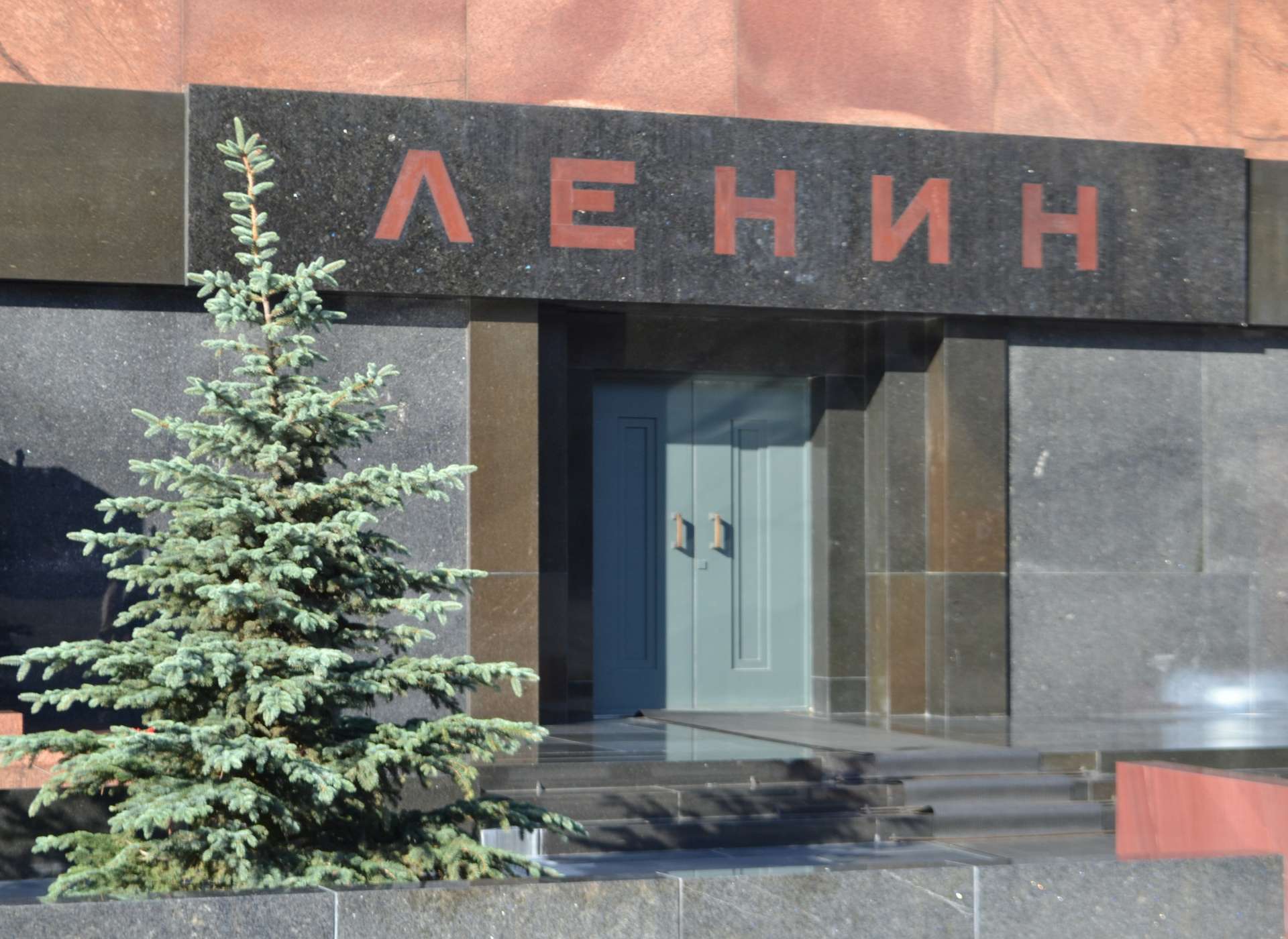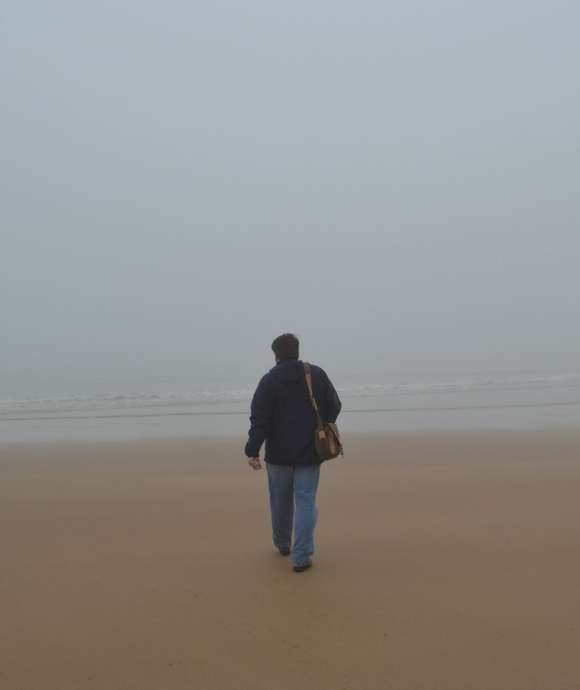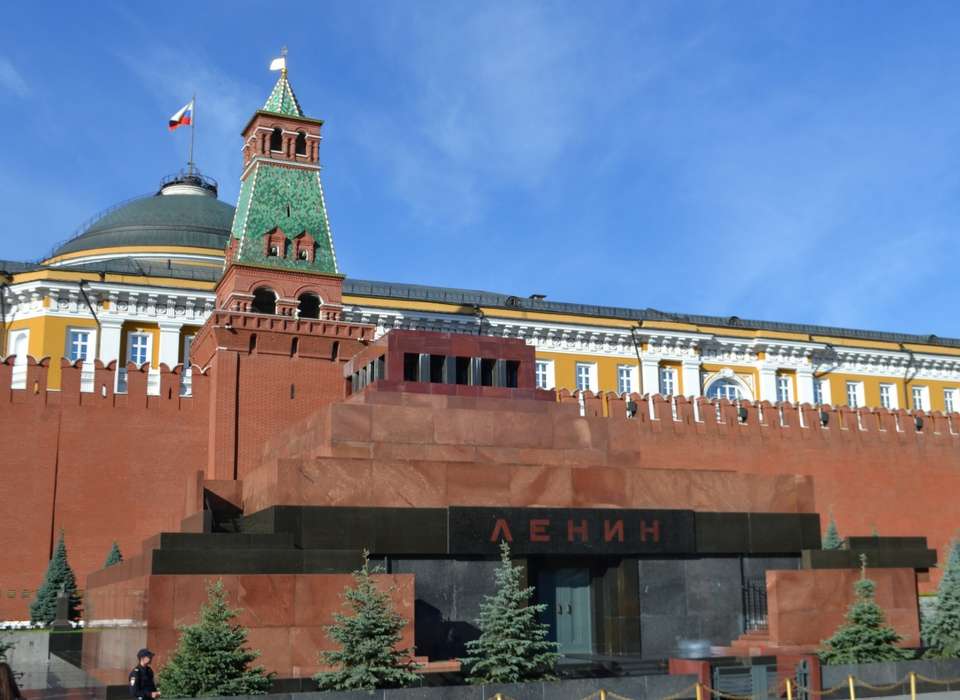The end of 2017 marks the centennial of the Russian Revolution. The diplomat and historian George F. Kennan wrote in his classic volume American Diplomacy that he considered World War I the central tragic event of the 20th century. From this disastrous war, stumbled into by the major European powers in 1914 after decades of mounting tension, flowed the most far-reaching and brutal historical repercussions, which spread far beyond Europe to encompass the globe. The rise of the fascist powers, World War II, and the Cold War are all unimaginable without the spark of the First World War.
From the massive death on the battlefields of Europe in 1915–1916 came two political events in the spring of 2017 that had profound importance in shaping the 20th century. First was the entry into world affairs of the United States on a new and advanced and ultimately more permanent level. Second was the fall of the Romanov Emperor in Russia. But Nicholas II’s abdication created only a short window of opportunity in which democracy might take root and flourish. In November, the Bolshevik party seized power in St. Petersburg and Moscow by promising land, bread, and peace. Ideologically, the Bolsheviks claimed that they would implement a new society that would produce perfect equality and freedom through the abolition of private property and the dictatorship of the proletarian working class.
It is hard for us today to imagine how appealing this vision was to many people at that moment 100 years ago. After years of what seemed pointless war, murder, and death, here appeared the cause that would give meaning to the suffering, redeem the killing fields, and give birth to a better world order. But to achieve their aims, the Bolsheviks believed that spreading violent revolution was necessary. According to Marxist-Leninist philosophy, once the spark of revolution was ignited, it would spread with unstoppable force across the national borders and through the working classes of the world. Not willing to leave anything to chance, the Soviet leaders intended to provide direct help through the Communist International (Comintern).
I was thinking of this history, so central to the origins of World War II, in 2013 when I had the opportunity to visit Red Square while on a Museum tour, and viewed the mausoleum of Vladimir Ilyich Ulyanov, the leader of the Red Revolution, better known as Lenin. The tomb was not open to visitors on the day we arrived. Inside, Lenin’s corpse remains, a Red God filled with embalming fluids. But the Red God no longer inspires followers. He has become an artifact of history. Lenin passed away in 1924, and his corpse has outlasted the Soviet Union, the state he founded, and is approaching its own centennial. However, Lenin’s and his regime’s true legacy is the estimated 100 million lives that communist regimes have taken around the world in the 100 years since 1917.
But Lenin’s dream of igniting and fanning international communist revolution ended before he did—in 1920. On another museum tour three years later in a different country, I came upon the place where that dream died. History can sometimes be found and connected when you are not actually looking for it.
Read the second post in this thread here.


"No matter one’s age, travel is a unique and exciting educational experience. In my work, I have had the opportunity to reflect on history, events, and people in the places where they experienced life. Through the viewfinder, we can not only find history and perspective, but create memory, and evoke our evergreen past."
– Keith Huxen, PhD, Senior Director of Research and History, The National WWII Museum
Keith Huxen
Keith is the former Senior Director of Research and History in the Institute for the Study of War and Democracy at The National WWII Museum.
Cite this article:
MLA Citation:
APA Citation:
Chicago Style Citation:





![Max Fuchs, New York City cantor, sings as Rabbi Sydney [sic] Lefkowitz, Richmond, VA, conducts the first Jewish services from Germany.](/sites/default/files/styles/max_650x650/public/2025-10/image1.jpg)



